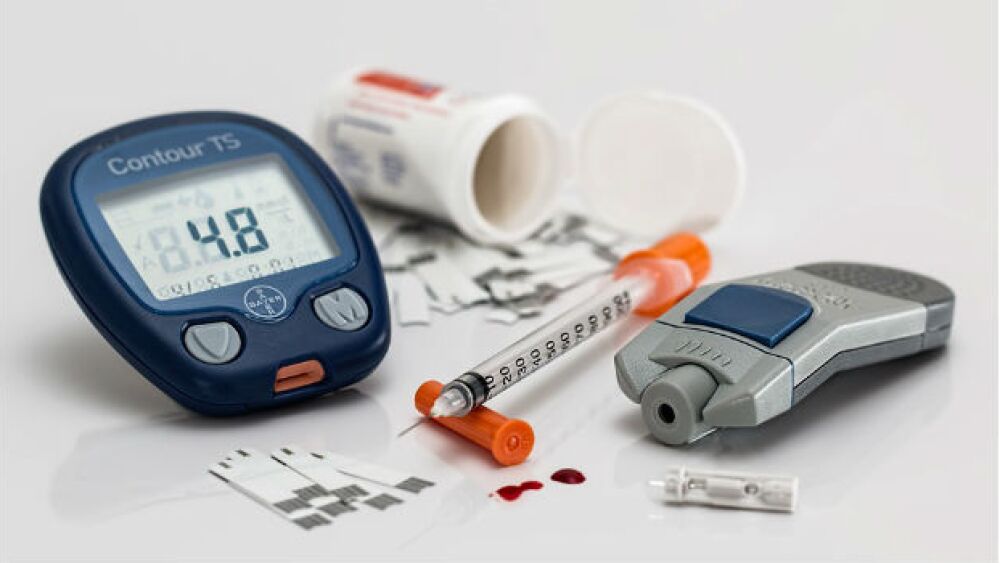In an already competitive diabetes market, Novo Nordisk may have gained a significant edge with the results of its Phase III trial of GLP-1 drug oral semaglutide.
In an already competitive diabetes market, Novo Nordisk may have gained a significant edge with the results of its Phase III trial of GLP-1 oral semaglutide. The company reported topline results from PIONEER 1, the first Phase IIIa trial of oral semaglutide in adults with type 2 diabetes.
The trial, which lasted 26 weeks, looked at the efficacy and safety of three doses of the oral semaglutide compared to placebo in 703 people. The doses were 3, 7 and 14 mg. The drug met its primary statistical endpoint, showing significant and superior improvements in HbA1c for all three doses compared to placebo. The 14 mg dose also showed significant and superior weight loss compared to placebo.
“We are very encouraged by the results of the PIONEER 1 trial, which confirm the unprecedented oral efficacy of semaglutide that was reported in the Phase II clinical trial in type 2 diabetes,” said Mads Krogsgaard Thomsen, Novo Nordisk’ executive vice president and chief science officer, in a statement. “We look forward to providing data from the remaining nine PIONEER trials throughout this year and an expected regulatory submission in 2019.”
Whether legitimately skeptical, or trying to throw some shade on Novo Nordisk’s trial results, Eli Lilly’s lead scientist, Jan Lundberg, said several weeks ago that the peptides utilized by Novo Nordisk are hindered “by a lot of natural mechanists, and we assume that the Novo product has only 1 or 2 percent bio-availability, which means that you lose most of the substance. The dilemma also remains here about the need for having fasting and not eating for some time after you take this drug, because then you have food interactions, so it’s really a suboptimal oral agent. I think it would be so much better to have a more traditional small molecule for this receptor.”
If Novo Nordisk’s other trials provide consistent results, the company expects to submit for regulatory approval in 2019 and a possible launch in 2020. This new drug is part of a class known as GLP-1s, which stimulate insulin production. Reuters notes, “the first of which were derived from the venomous bite of North America’s Gila monster lizard. So far, all have been injections.”
One aspect of oral semaglutide, besides that it’s an oral medication, is that it needs to be taken on an empty stomach, at least 30 minutes prior to a meal. Many expected nausea to be an adverse effect of the drug, but Novo Nordisk reported only mild to moderate nausea that decreased over time.
Umar Raffat, an analyst with Evercore ISI, said in a note to clients, “We didn’t get full details by arm, but press release notes 5-16 percent of patients had nausea versus 6 percent in placebo group. To me, this suggests lower doses are placebo-like. And the 14 mg doses likely tracked in the mid-teens. It’s higher than placebo, but in my honest opinion, manageable. Again, even this nausea issue ties back to pharmacokinetic (Pk) management via stringent pre- and post-dose fasting period and volume of water.”
Eli Lilly’s Trulicity is an injectable GLP-1, and Novo Nordisk’s own Victoza is also an injectable GLP-1. Michael Leuchten, an analyst with UBS, indicates that the drop in blood sugar for the oral version is as good and possibly better than those seen with the injectable versions.





